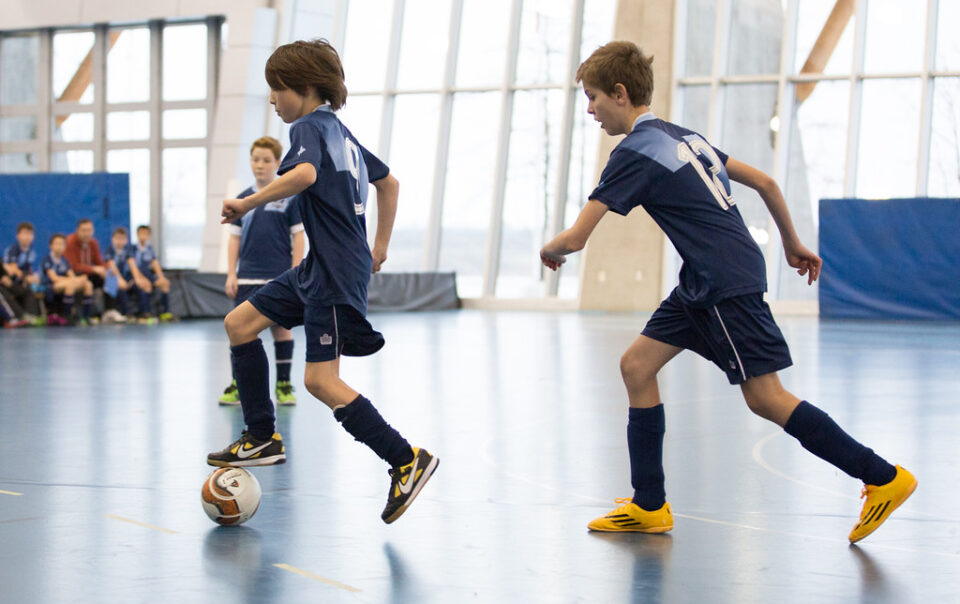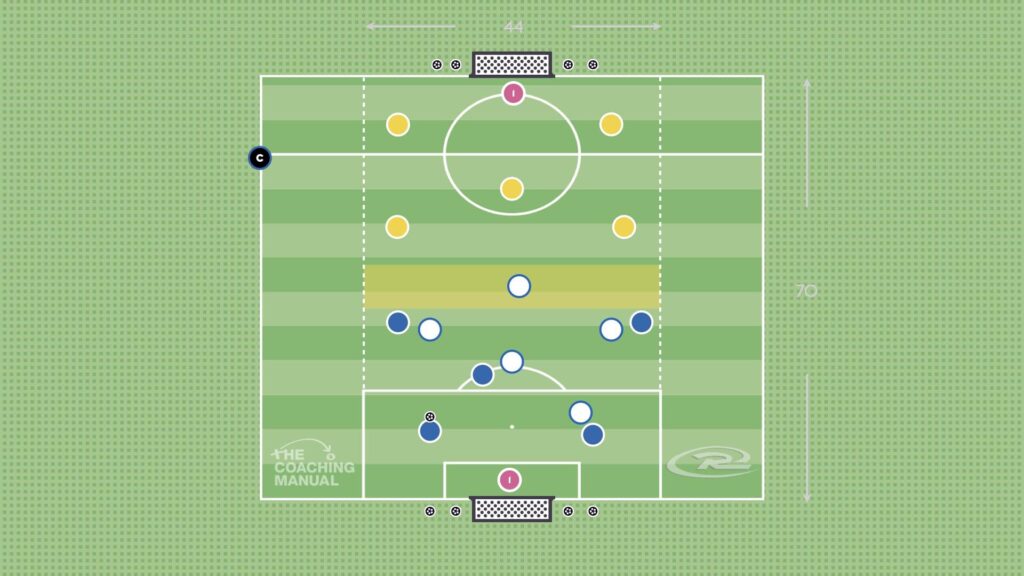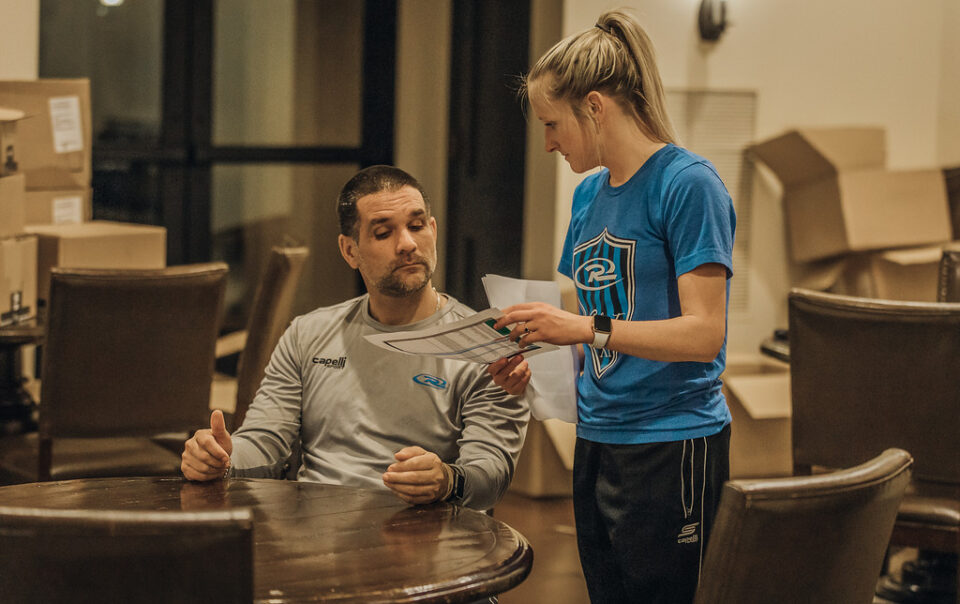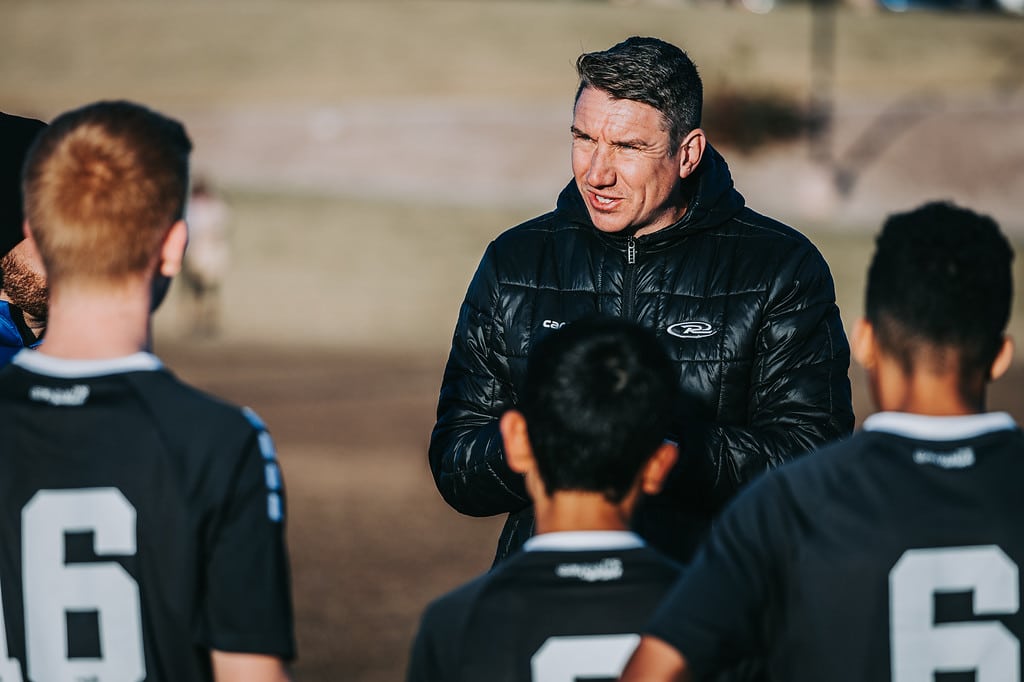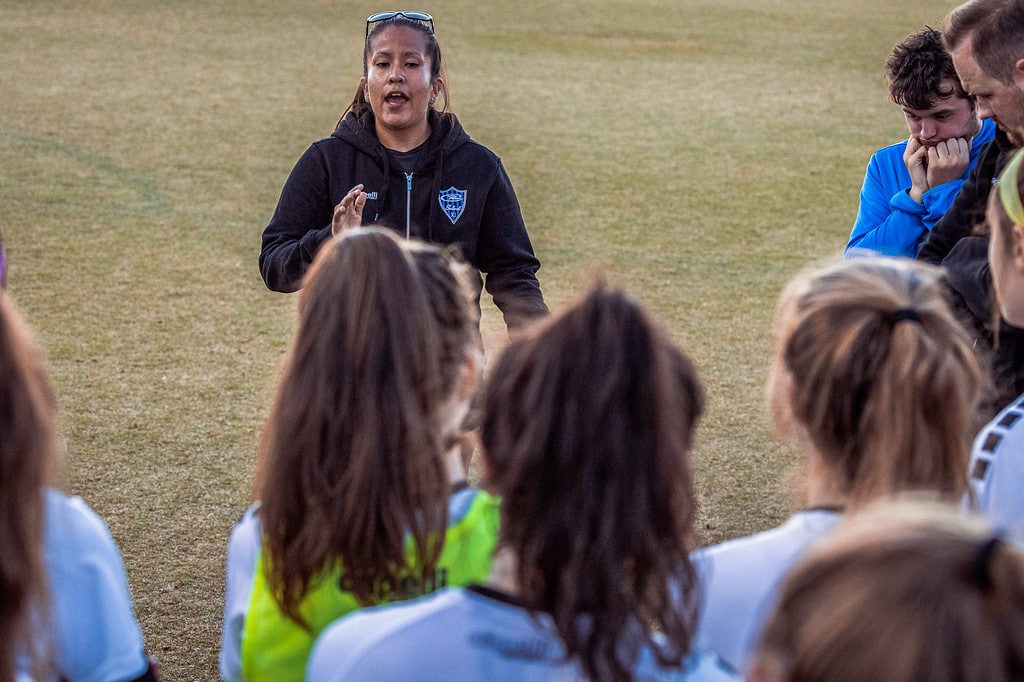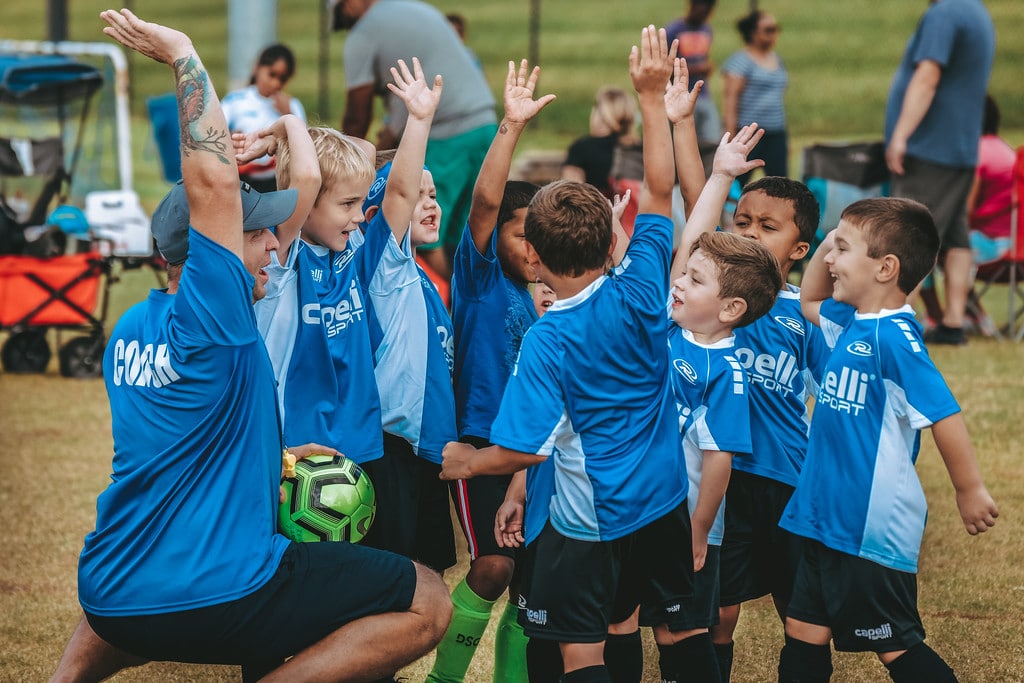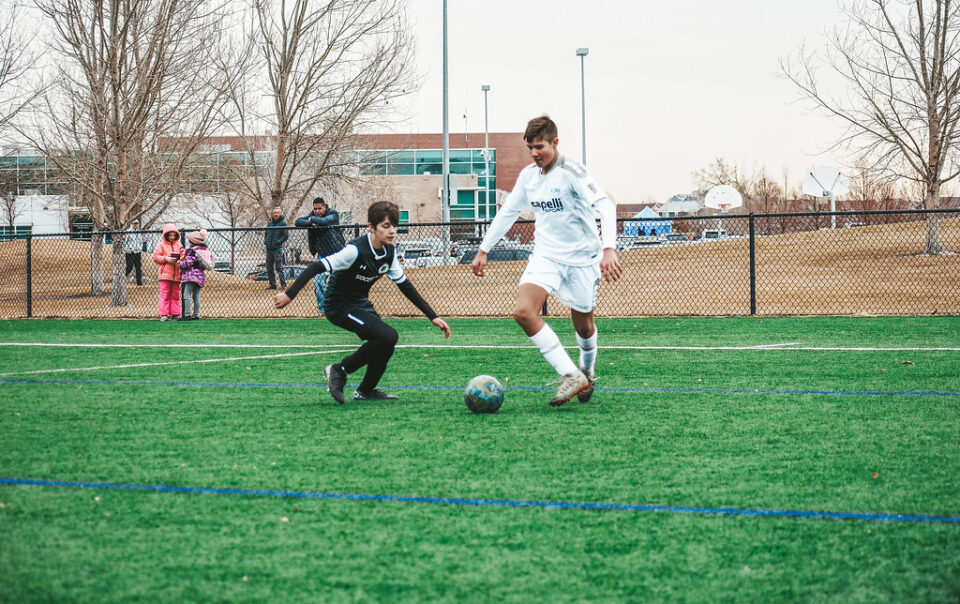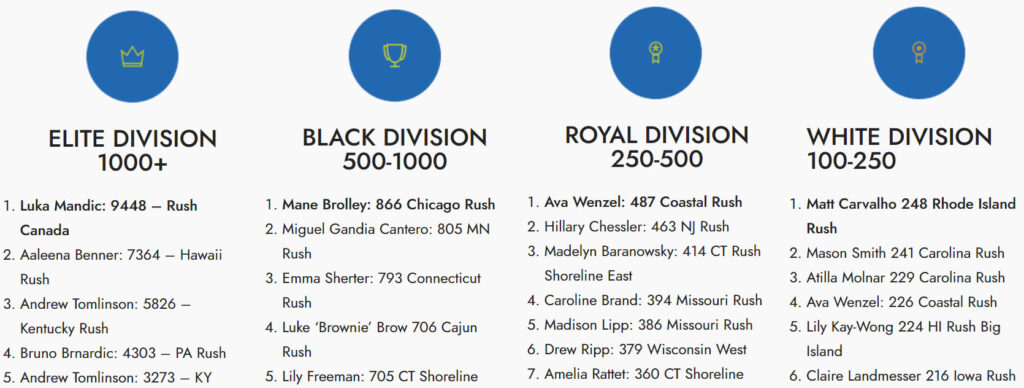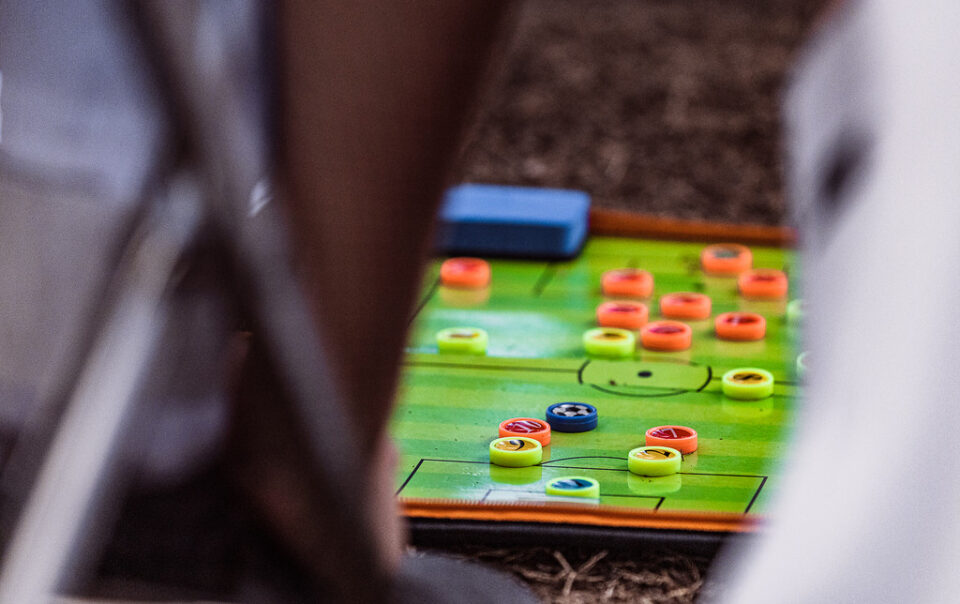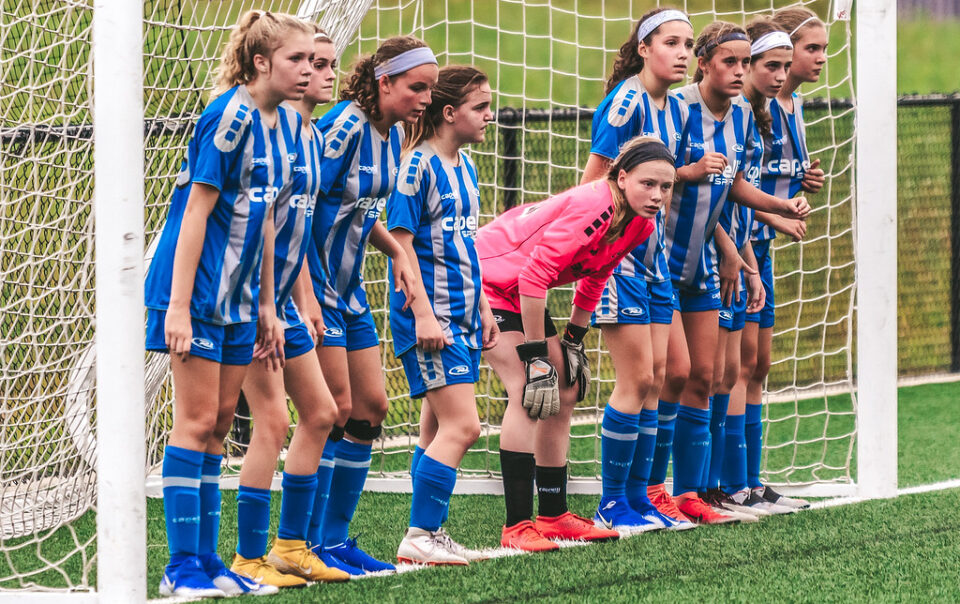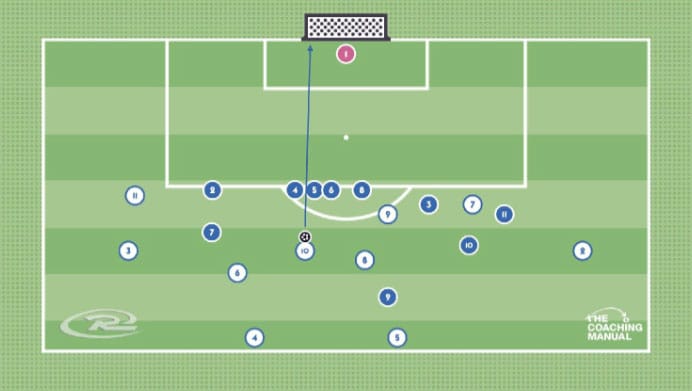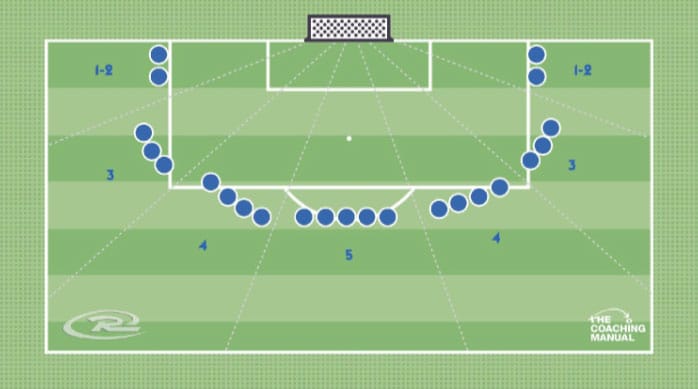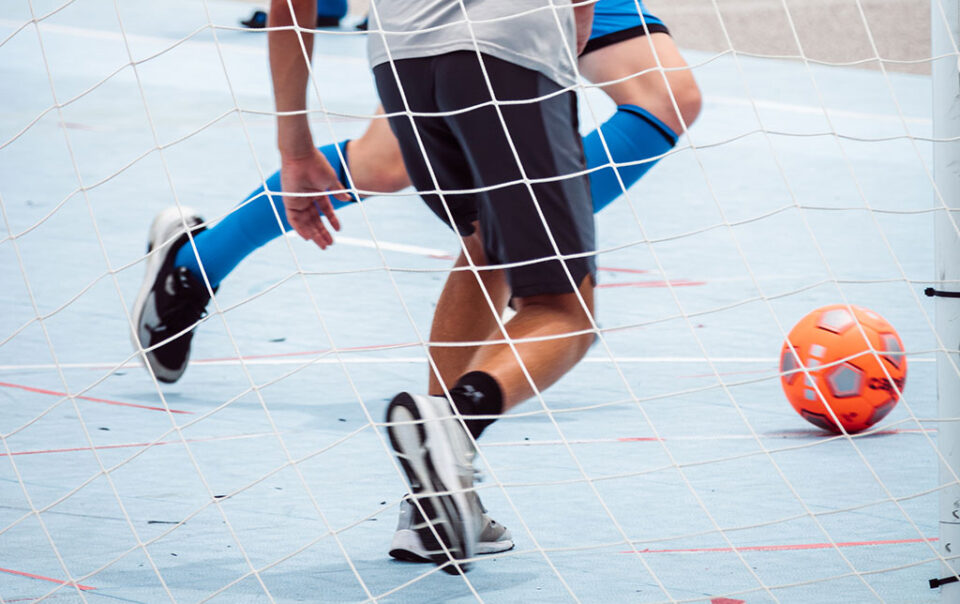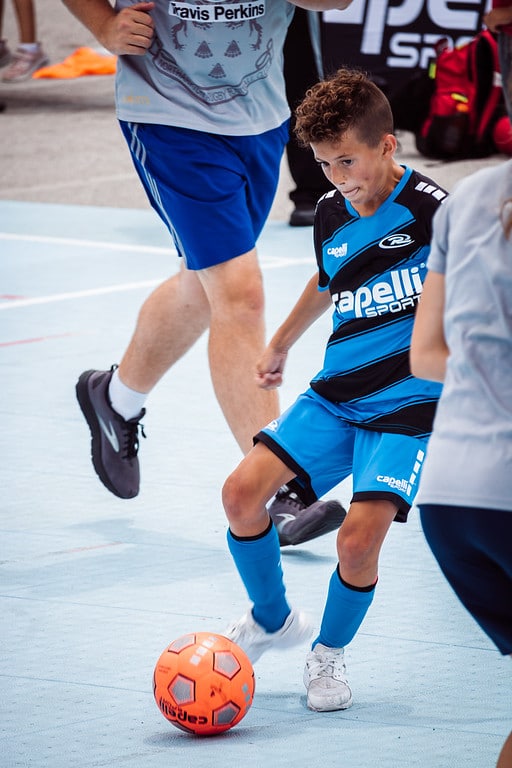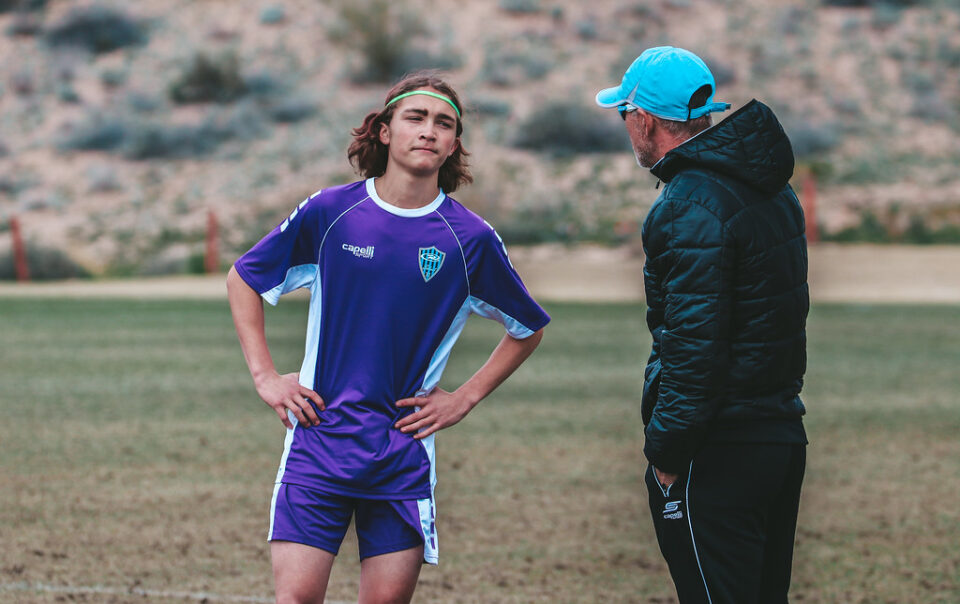Written by Chris Rue, Rush Soccer’s Global Futsal Manager.
In a recent MLS Next U19 match, a defender drove an instep penetrating pass to a checking striker. The striker effortlessly stopped the ball using the sole of his foot in stride and rolled it to turn. I looked to my assistant coach and we both nodded in agreement that this kid was a baller. One undisputed fact amongst soccer players that exists, the use of the sole command’s attention. The ability to control the ball with the sole during the chaos of a match is a trait that few youth demonstrate with consistency.
A former coach of mine, and who I have since emulated, used to lob a ball with his hands to a player’s feet as a test. He had an internal barometer to judge a player with this interesting technique. Based on the way the player received the ball was his determining factor of the level of player he was dealing with. Some, he said, would “trap further than he could kick” in an ironic manner consistent with the phrase. Others would settle the ball using the laces to cushion the ball, letting the ball fall to the ground after. Some would juggle the first touch. His belief was the player who deftly pinched the ball using the sole was THE player. He suggested that the player was ready for the next action immediately in this position. Shielding, escape pull back, side roll, and penetrating roll were on for the next action. More importantly, the body shape to produce the trap typically puts the player in an athletic position to begin with, making the next action fluid. He admitted there was a bit of a flaw in this rating system, but he was convinced.
Futsal is all about the mastery of the sole and it translates to the outdoor game considerably well. Jay-Jay Okocha comes to mind. Watch the modern player on TV. Mbappe, Neymar, Ronaldo, all adept with the sole. A few years ago, Zidane, Maradona, Ronaldinho, Riquelme, had mastery of the sole as well. A lot of tight space skill begins with the sole. Futsal provides the repetitions for players to enhance this part of their game and training with the sole should be introduced at an early age. We are not talking toe touches, which are part of most PT’s regimen. Receiving the ball, rolling the ball, pulling the ball back with one foot, a slight movement of the ball to freeze a closing defender are technical aspects that players can train while playing futsal with flats before they are comfortable enough to do with cleats.
Next time at training, toss a ball at a player’s feet and you decide.
Learn more! Futsal & Futsal Proper: Differences And Benefits Of A Key Development Tool.


